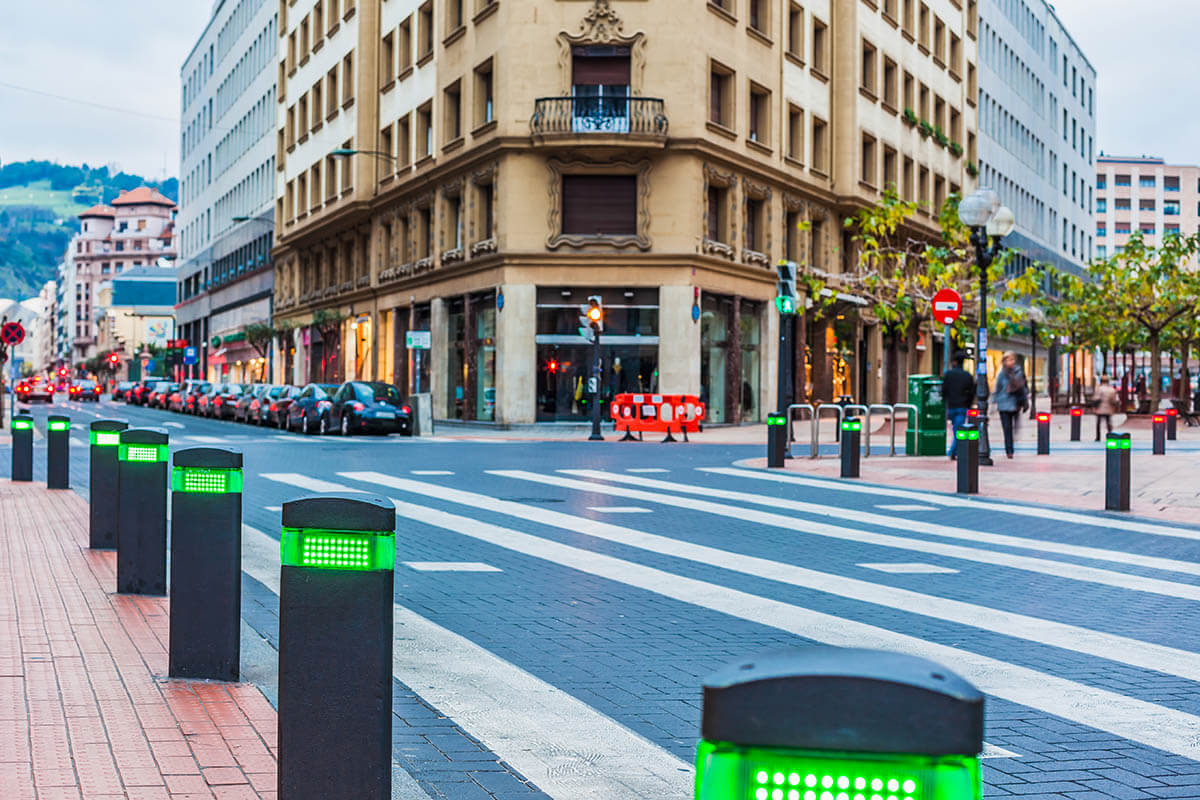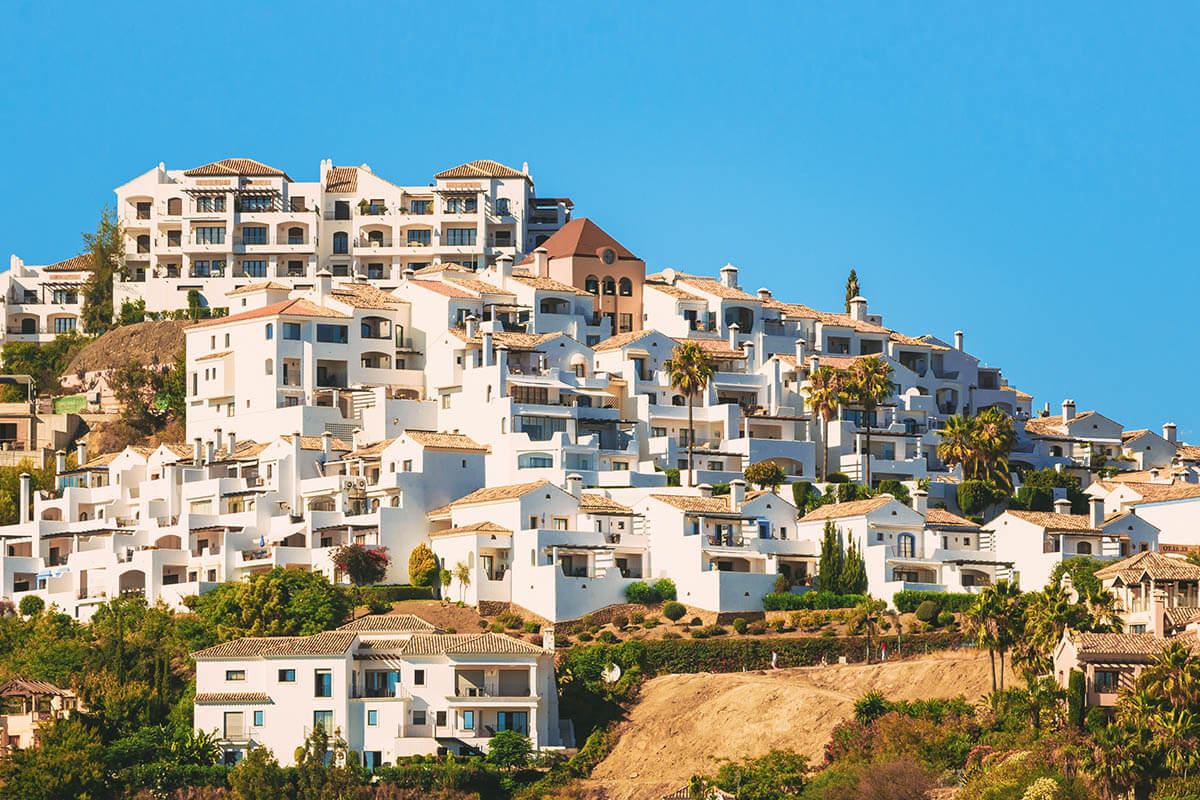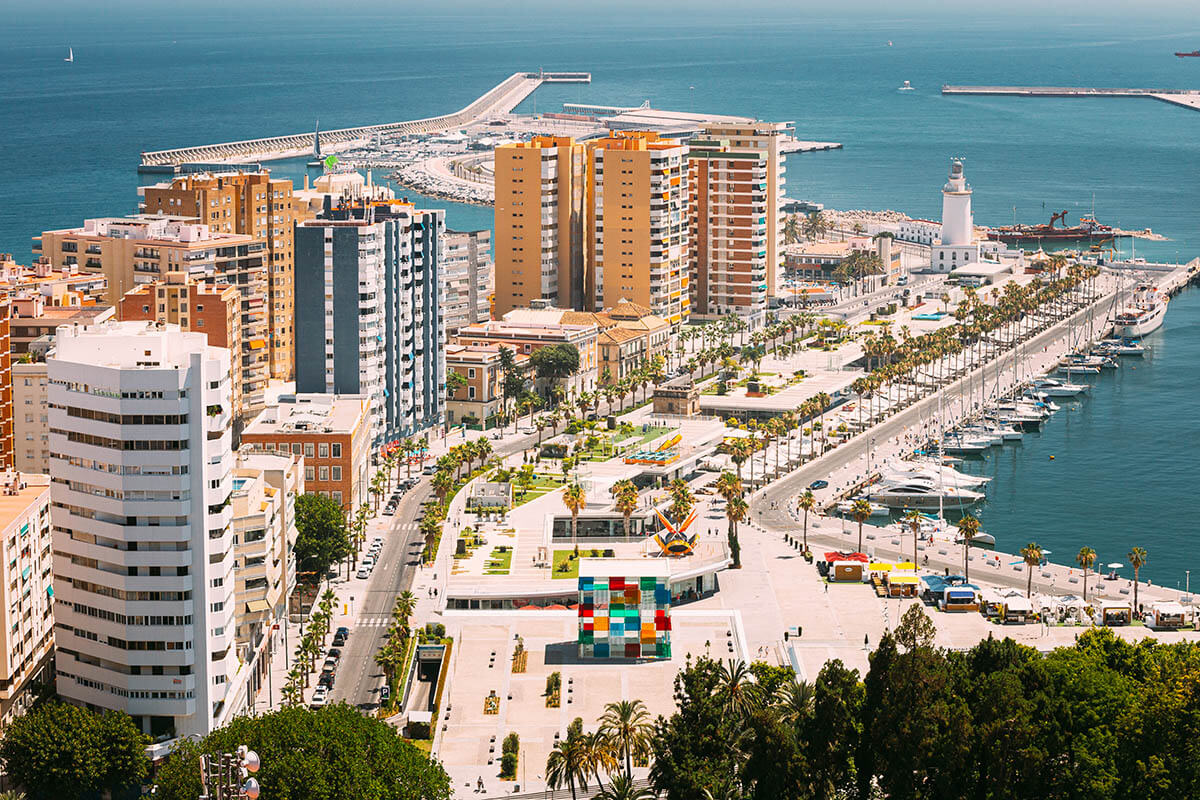
What aspects have led to the changes in buyers' demands when choosing property in Spain? What is the post-Covid-19 house price forecast for 2021? These are some of the questions asked by all buyers, sellers and agents in the sector. In this article, we take a look at the changes in the Spanish property market caused by the pandemic.
As we know, the pandemic has brought about numerous changes in people's lives including in the real estate sector.
Content:
- How the real estate market in Spain will change after the coronavirus
- What will happen next in the Spanish real estate market?
- Impact of Covid-19 on real estate sales
- Forecast for house prices in 2021
- Prices for new and secondary housing in 2021
- Different rates of price recovery
- Real estate in Spain after quarantine
- We will help you buy property in Spain
How the real estate market in Spain will change after the coronavirus
The Spanish Property Appraisal Institute identifies several trends that will characterize the real estate sector in 2021 as affected by the coronavirus.
The pandemic has created preconditions for the emergence of accelerated digitization, teleworking, uncertainty, distancing measures, etc. which have affected daily life, work, and communication. All this has caused the emergence of new norms that will now become commonplace in daily life.
The real estate market has also felt the impact of the pandemic as the role of the home in people's lives has become more important; they have learned to value space for work and play.
Experts identify the following trends in the Spanish real estate market:
-
New demand in areas with low population density due to lack of free space in houses. The most important requirements in finding a house today are spacious outdoor areas, brightness, additional space for remote work, and energy efficiency at home. These new requirements are driving the demand for new buildings and single-family houses. Single-family houses, townhouses and luxury real estate in Spain have generated the most activity and interest. In the third quarter of 2020, the purchase and sale of single-family houses accounted for 20.4% of total transactions. In 2020, the average selling price for single-family houses in Spain was € 244 028 in urban areas and € 151 702 in rural areas. The average price for buying property in Spain is 151 070 euros.
Evaluation Institute experts emphasize that interest in housing in rural or coastal areas, where the population density is lower, has increased.
- Price instability in the rental market. The increase in housing offers since the start of the pandemic due to tourist rentals transitioning to traditional rentals, as well as the movement of people from large cities to other areas have affected rental prices. The coronavirus vaccine is encouraging and will create the conditions for the return to offices and universities. This could then lead to a slowdown in the pace of falling prices.
- In 2021, “build to rent” will be consolidated (construction of housing for subsequent rent). The rate is predicted to expand the choice of available housing for rent in large cities.
-
A significant slowing down in foreigners’ activity. House purchases and sales by foreign buyers have been constrained by the inter-country travel ban, as well as uncertainty over the pandemic’s impact on the Spanish and global property market.
According to the notary, in the first half of 2020, there was a 37.4% drop in the activity of foreign investors in real estate on an annualized basis.
Experts note: “All indications are that this slowdown in transactions may persist as long as the restrictions remain. However, in the medium to long-term, Spain can be expected to attract foreigners due to factors such as coastal regions, climate or favorable credit terms compared to others.”
- The emergence of developed digital services sector. New technologies have made it possible to conduct virtual tours of real estate, close transactions using smart contracts, and submit online applications for mortgages. Real estate is entering the digital world and preparing for digital transformation by integrating new technologies.
Digital services have allowed the real estate sector to continue operating during the pandemic with some stability despite certain constraints.
Thus, the real estate sector was able to hold out in a time of uncertainty and chaos.

What will happen in the spanish real estate market?
Most experts in the Spanish real estate market have a positive outlook for 2021 and expect the sector to develop. Overall, the optimistic forecasts point to a vaccine-driven economic recovery.
The reality showed that the impact of the pandemic on house prices in 2021 was not as severe as previously expected.
Impact of COVID-19 on real estate sales
The real estate market in Spain during the pandemic was significantly influenced by 3 aspects:
- Suspended transactions due to isolation.
- Decrease in consumer demand.
- Treating housing as a refuge.
The recovery in the real estate sector in 2021 was constrained by various factors:
- Decrease in demand associated with restrictions on mobility and growing economic uncertainty.
- Changing preferences towards more spacious housing.
- Excess savings and low return on financial assets.
- Significant increase in rental prices with insufficient financing conditions.
We examined what has changed in the Spanish property market after the quarantine.
Forecast for house prices in 2021
What will happen to the real estate market in 2021? Will housing prices rise? Most experts point to a positive scenario. The data confirms that prices have stopped falling and points to the stabilization of the real estate sector.
Thus, the average cost of housing until March 2021 was 1 390 euros per square meter, which is 0.5% more than in the first quarter of 2020. The price is up 16% from the lows recorded in the first quarter of 2015 and remains 32% below the 2007 highs.
When analyzing forecasts for house prices in 2021 as well as market development, it should be borne in mind that there are many variables that can provoke important changes like new waves of infections, more or less rapid population vaccination, etc.

Prices for new and secondary housing in 2021
Various aspects (limited supply, changing preferences of buyers, etc.) led to the fact that apartments in new buildings in Spain were in demand during the pandemic and therefore, prices did not change significantly. This is how the coronavirus affected the choice of housing in Spain. According to the latest figures from the National Institute of Statistics, February 2021 saw a record high that has not been on the market since the summer of 2014. In particular, in the second month of the year, 10 130 new housing spaces were sold. New house purchases increased by 5.6% year over year. In contrast, sales of secondary housing (33 055 properties in February) fell by 13.6% in 2021 and by 8.1% compared to February 2020.
Experts suggest that the fall in prices for secondary housing will be even more dramatic - the decline may be about 10%.
There is a trend towards an increase in the sale of housing with external adjoining territories as well as a decrease in prices for secondary housing of medium or low quality throughout Spain (with a greater prospect of decreases in Madrid and Barcelona).
Different rates of price recovery
The geographic location and demand for the real estate market in each zone will play a decisive role in the evolution of housing prices in 2021 as well as the number of sales and purchases.
Thus, the regions with the highest annual price increases in the first quarter of the year were the Balearic Islands (4.8%), the Basque Country (4.4%) and the Canary Islands (4.1%).
Madrid, Catalonia and the Balearic Islands remain the regions with the highest price increases since the lows of the previous cycle with increases of 44.7%, 35.2% and 29.7% respectively. These figures are in contrast to the 8% observed in Castile and Leon, Extremadura and Cantabria.
The highest prices per square meter of housing are observed in Guipuzcoa (2 428 euros), the Balearic Islands (2 411 euros), Madrid (2 369 euros), Vizcaya (2 183 euros) and Barcelona (2 176 euros). The lowest price is in Ciudad Real (667 euros) and Lugo (717 euros).
The 4 largest cities eased their year-on-year price decline. Seville (2.9% pa), Madrid (1.7%), Valencia (0.3%) and Barcelona (0.2%) are some of the cities showing price increases year over year. In Cuenca, Bilbao and Oviedo, price increases of more than 8% were recorded.
6 cities have seen price reductions of more than 50%: Logroño, Ciudad Real, Guadalajara, Lleida, Zaragoza and Castellón.
The most expensive capitals are San Sebastian (€ 3 637 per square meter), Barcelona (€ 3 342) and Madrid (€ 3 085), followed by Bilbao and Palma de Mallorca. The cheapest are Lugo (832 euros), Soria (921 euros) and Castellon (944 euros).

Real estate in Spain after quarantine
According to experts, real estate in Spain after the quarantine in 2021 will develop positively. The sector is projected to continue growing and will soon reach pre-pandemic levels. With regard to the evolution of house prices in 2021, in general, the numbers indicate a stabilization phase without significant ups or downs. However, while the demand for new housing is gaining momentum (which could lead to higher prices), the secondary housing sector may fall in price and spend more time recovering from the effects of the pandemic. It should also be noted that the development of the market will depend on external factors such as a pandemic or the pace of economic development. In addition, the recovery in price increases and sales and purchases will vary across the different autonomous communities, provinces and cities in Spain.
We will help you buy property in Spain
Looking for a property in Spain to invest in? We have everything you need. Check out our exclusive selection of Spanish property offers on Spain-Real.Estate with detailed descriptions, plans, photos. Get closer to your dream today!
